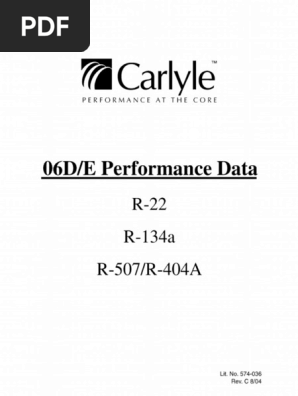0% found this document useful (0 votes)
76 views36 pagesOverview of DSP and Image Processing
it consists of overview of number of things like Introduction to signals, Introduction to systems, Digital filter design, Multirate signal processing, Voice, Radar pulse, Electrocardiogram (ECG), Image and Video
Uploaded by
Asad TararCopyright
© © All Rights Reserved
We take content rights seriously. If you suspect this is your content, claim it here.
Available Formats
Download as PPTX, PDF, TXT or read online on Scribd
0% found this document useful (0 votes)
76 views36 pagesOverview of DSP and Image Processing
it consists of overview of number of things like Introduction to signals, Introduction to systems, Digital filter design, Multirate signal processing, Voice, Radar pulse, Electrocardiogram (ECG), Image and Video
Uploaded by
Asad TararCopyright
© © All Rights Reserved
We take content rights seriously. If you suspect this is your content, claim it here.
Available Formats
Download as PPTX, PDF, TXT or read online on Scribd
/ 36














































































